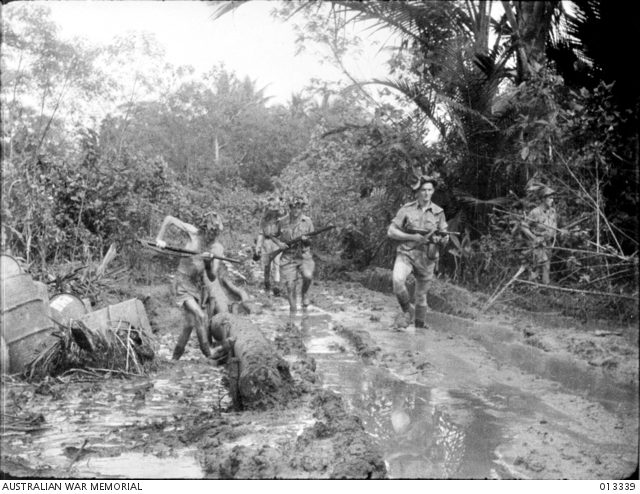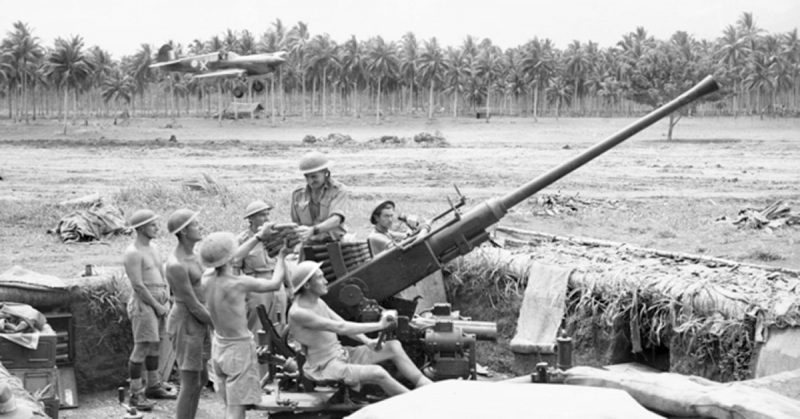Historians from Papua New Guinea recently visited a critical World War II battle site and recorded interviews with residents who witnessed the fight.
The team of University of Papua New Guinea historians spent three weeks at Milne Bay where the Japanese staged a major offensive in August 1942.
The battle was the first decisive victory for the Australians and Americans over the Japanese on land. It is a battle that has been well-documented by historians.
What has not been studied until now is how the battle affected the local residents who suffered through the battle and the hardships it caused.
Anne Dickson-Waiko, Keimelo Gima and Elizabeth Taulehebo are looking to rectify that situation. They have received funding from the Australian government and Deakin University in Victoria in order to document the stories of those who witnessed the battle and aftermath.
Dr. Dickson-Waiko said that they believe most of the story about WWII can best be told by outsiders.
Because the communities in Milne Bay have a rich tradition of storytelling, the memories of the older generations have been passed down to current generations.
According to Dr. Dickson-Waiko, the people tell the stories so many times that the events seem as if they recently took place.
The historians were surprised at how much new information they learned about the war.

Many in the Milne Bay area were happy to share their stories and the stories of their parents or grandparents.
Baloni Douglas is a 93-year-old resident of one of the villages in the area. She was interviewed by the team. She says that she still isn’t sure what the reasons for the war were.
She amused her family with a story about a handsome Australian soldier that had fallen in love with her. He wanted to marry her, but she was scared to go through with it. A counselor in the village advised her to just run away.
85-year-old Lolo Tubaiyodi remembered the things the Japanese soldiers would do to avoid being captured or shot. Some would wear grass skirts and carry clay pots on their heads so that the Australian soldiers would think that they were local women and not shoot them.
Many people talked about how traditional magic or witchcraft played a part in the battle. Villagers believe that magic kept alive the local men who were conscripted into the Papua Infantry Battalion or forced to perform manual labor.
Gima said that over half of the people they spoke with mentioned witchcraft, a tradition practiced by the women of Milne Bay.
They are very willing to talk about the witchcraft of their mothers and sisters that kept their fathers and brothers alive, ABC News reported.
The interviews are being transcribed now and will be collated and published for students, researchers, and people in Papua New Guinea to read.
The historians hope that their work will provide younger Papua New Guineans with an appreciation for how the war affected their ancestors.
